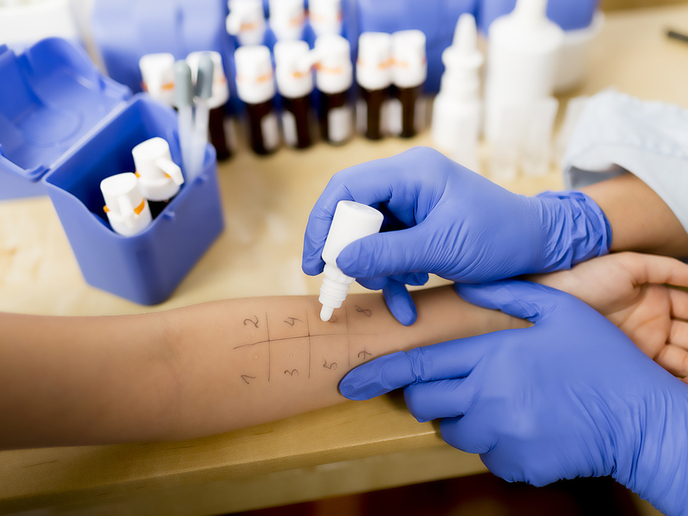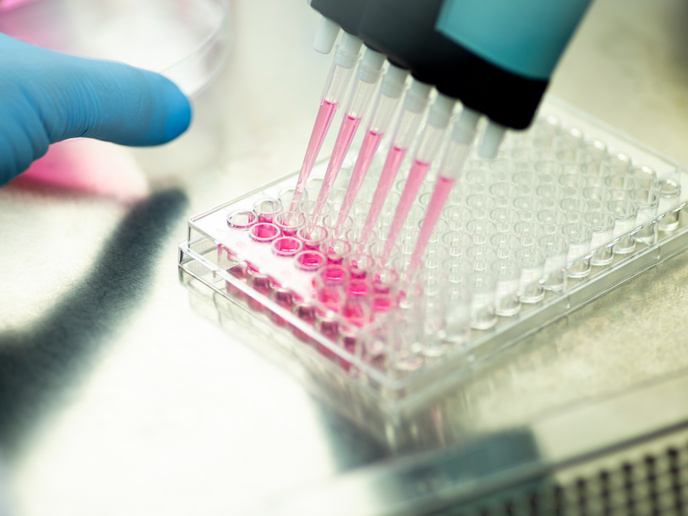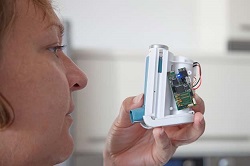A novel allergy biosensor
Allergies usually occur when our immune system hyperactively reacts to something we eat, inhale, touch or inject into our body. There is a need for prompt diagnosis to ensure an effective prevention or treatment plan. The gold standard method for allergy diagnosis is the skin prick test. It involves placing a droplet of an allergen on the skin, pricking the skin with a lancet and observing the emergence of a localised swelling indicative of an immune response. Although very accurate, the skin prick test is time-consuming and limited by the number of allergens that can be tested. To overcome these constraints, scientists of the EU-funded ARM-B project developed a patch capable of detecting hundreds of allergens in a matter of minutes. As project coordinator, co-founder and CEO of Allogen Biotech, Ben Teeling explains, “the ARM-B allergy diagnostics patch draws on the simplicity and reliability of traditional skin-prick procedures but delivers improved clinical outcome.″ Innovative design The ARM-B allergy device is based on intellectual property developed by Allogen Biotech. It exploits proprietary biosensor technology designed to revolutionise the skin-oriented allergy diagnostics field. The device has been engineered as a 50 mm stick-on disc-shaped patch that incorporates a microarray device to identify panels of allergic reactions. It contains individual biosensors to detect allergic responses as electrical impedance changes and analysis takes place using a reader or a smartphone. The main advantage of the ARM-B patch is that the test is extremely rapid and the healthcare specialist can obtain results in 5 minutes on a wide panel of common or specific allergens. In addition, the sensors provide quantitative readings with information on the degree of allergic response or severity as well as specificity. Importantly, the patch is minimally invasive since the microelectrode structure of the biosensor penetrates only a few hundred microns of epidermis. In comparison, the skin prick test requires millimetre-thick skin penetration and often extends to large areas of skin. Furthermore, the ARM-B patch uses tiny amounts of purified allergens, minimising the risk of adverse side effects prevalent with skin pricks. A new era in allergy testing The ARM-B allergy device is compact, easy to apply and provides clinical data in an electronic format. Although its clinical validation is pending, data so far indicate high sensitivity and reliability, allowing detection of even mild allergic reactions. “The idea is to offer a range of ARM-B products to suit different needs including the detection of seasonal allergies, food-based allergies and allergic reactions to pharmaceuticals like paracetamol and penicillin,″ states Teeling. Project partners are confident that application of the ARM-B solution has the potential to extend beyond accredited clinics and general practices and can be optimised for use as a self-test at home. Allergy diagnostics, therapeutic products and services are a multi-billion-dollar market with an estimated 10 % growth rate over the next 5 years. Europe is a leader in terms of allergy diagnostics product consumption, while lifestyle choices and environmental impacts are expected to increase the incidence of allergic diseases globally. Undoubtedly, the ARM-B allergy patch with its innovative technology provides a high value, low-cost alternative to existing allergy diagnostic solutions.







